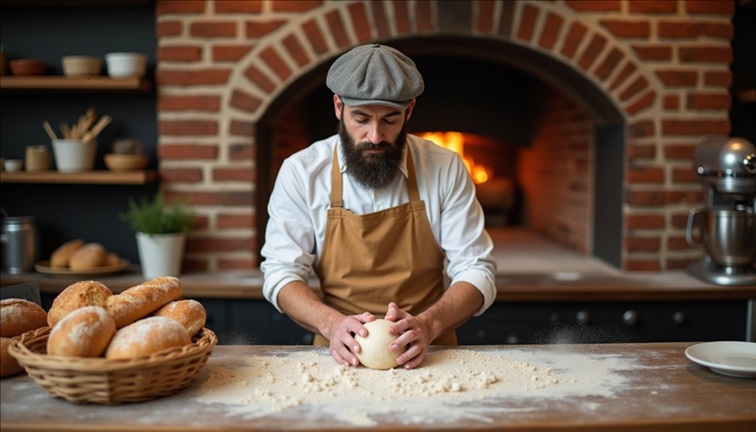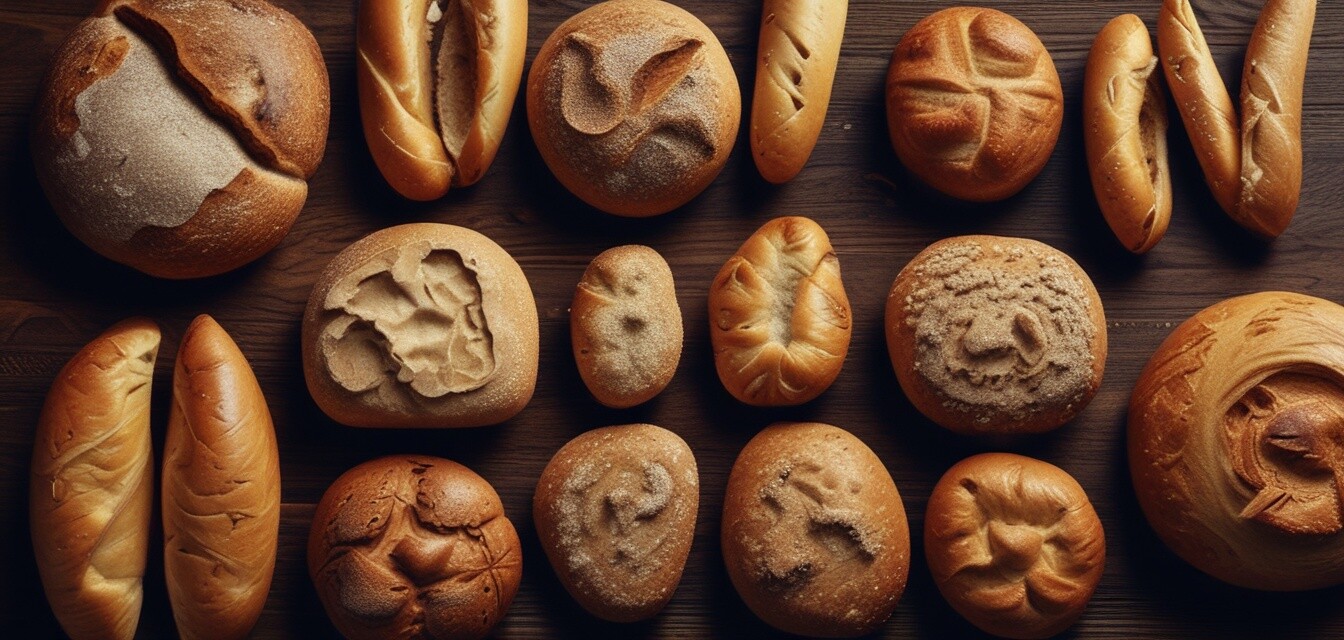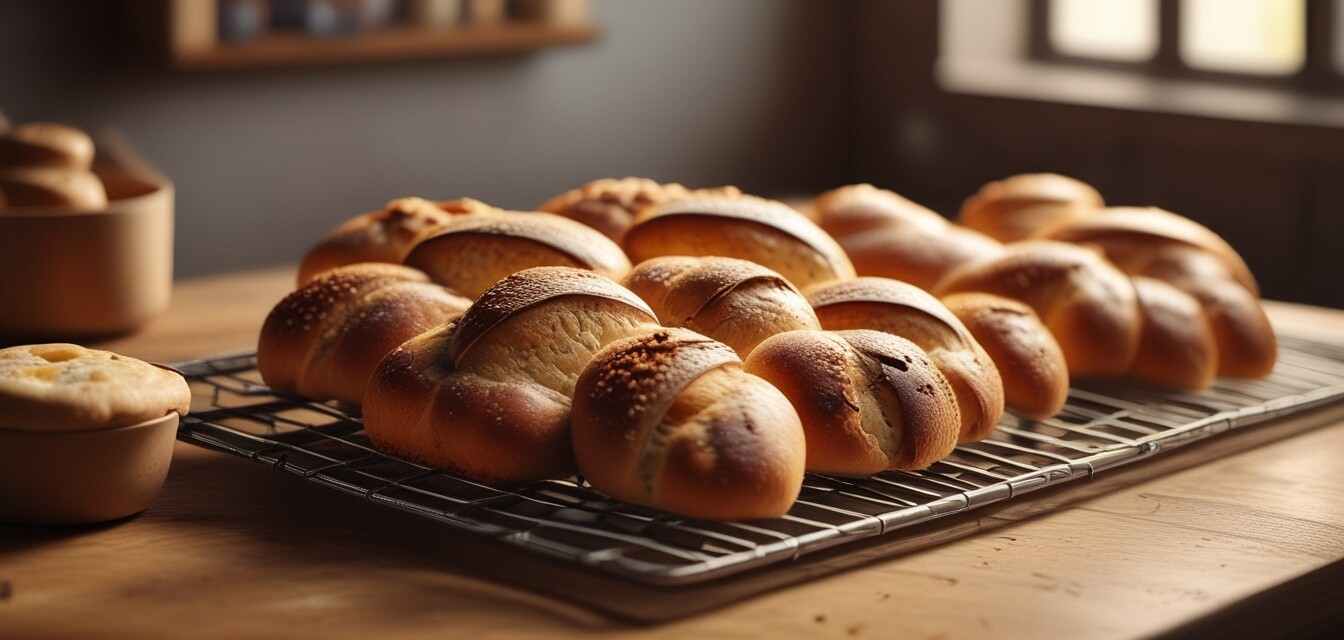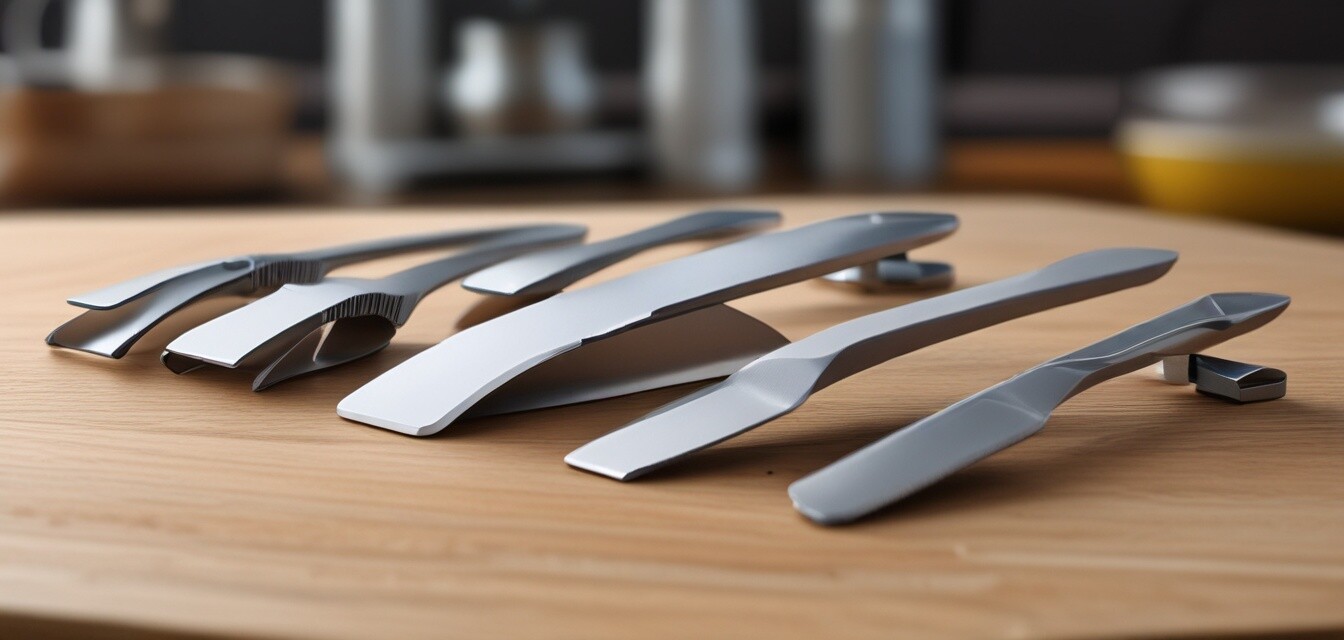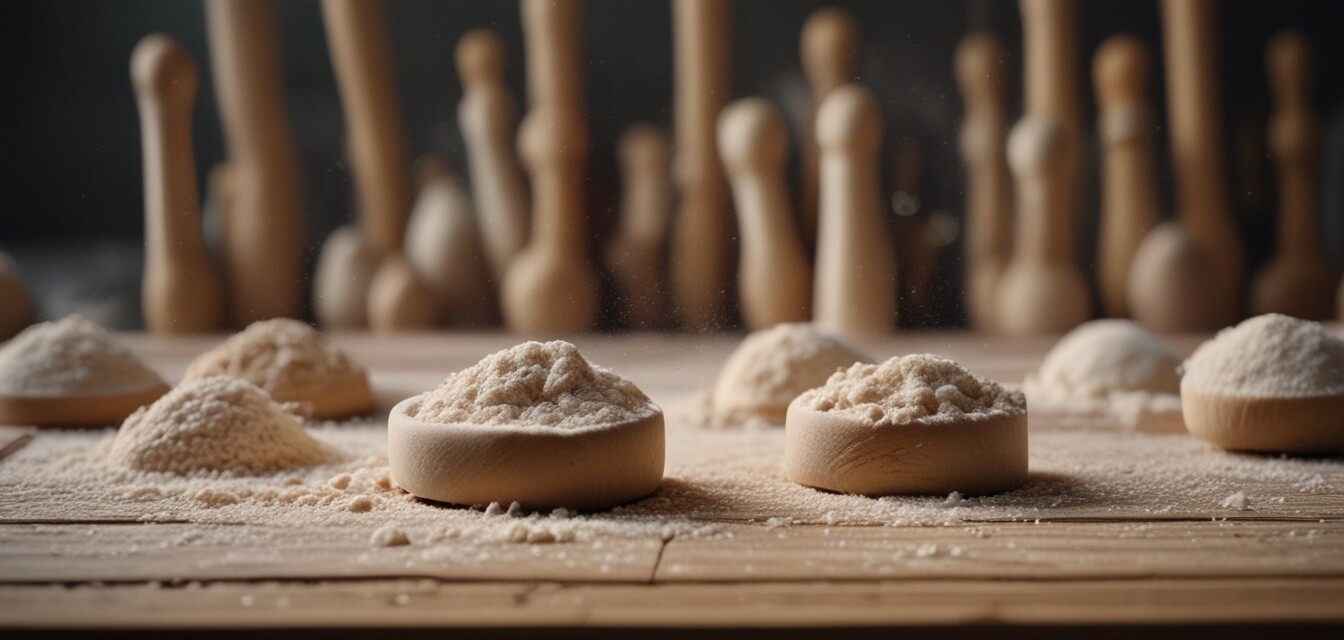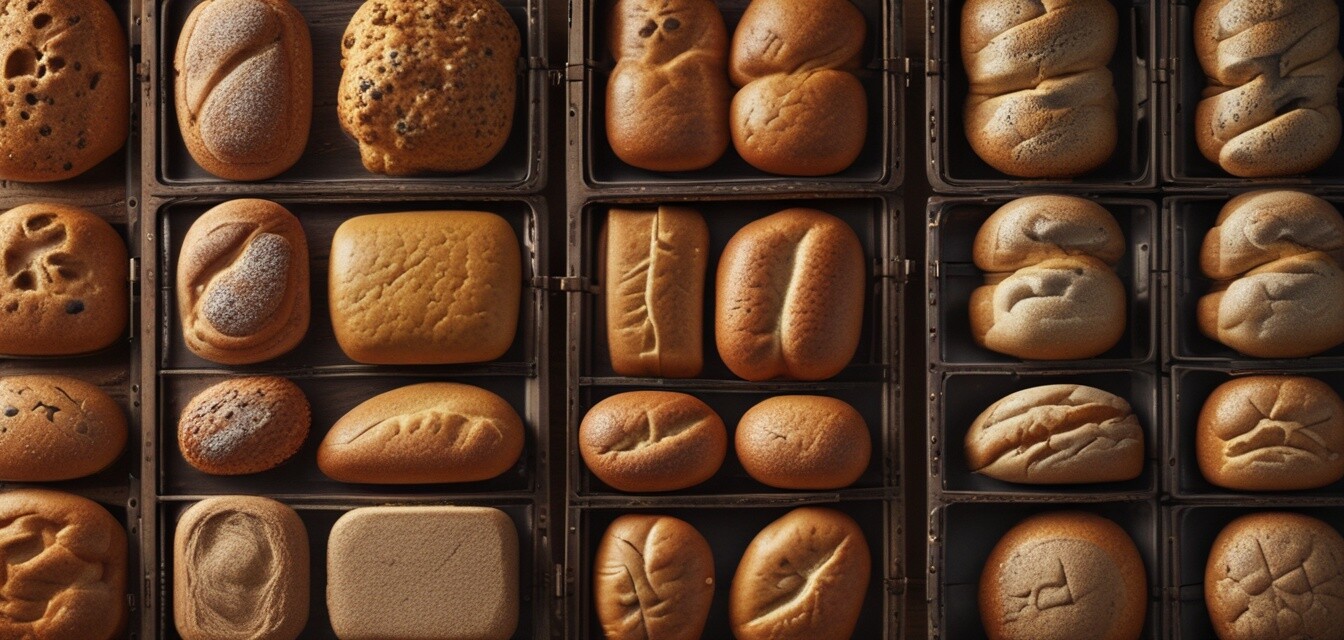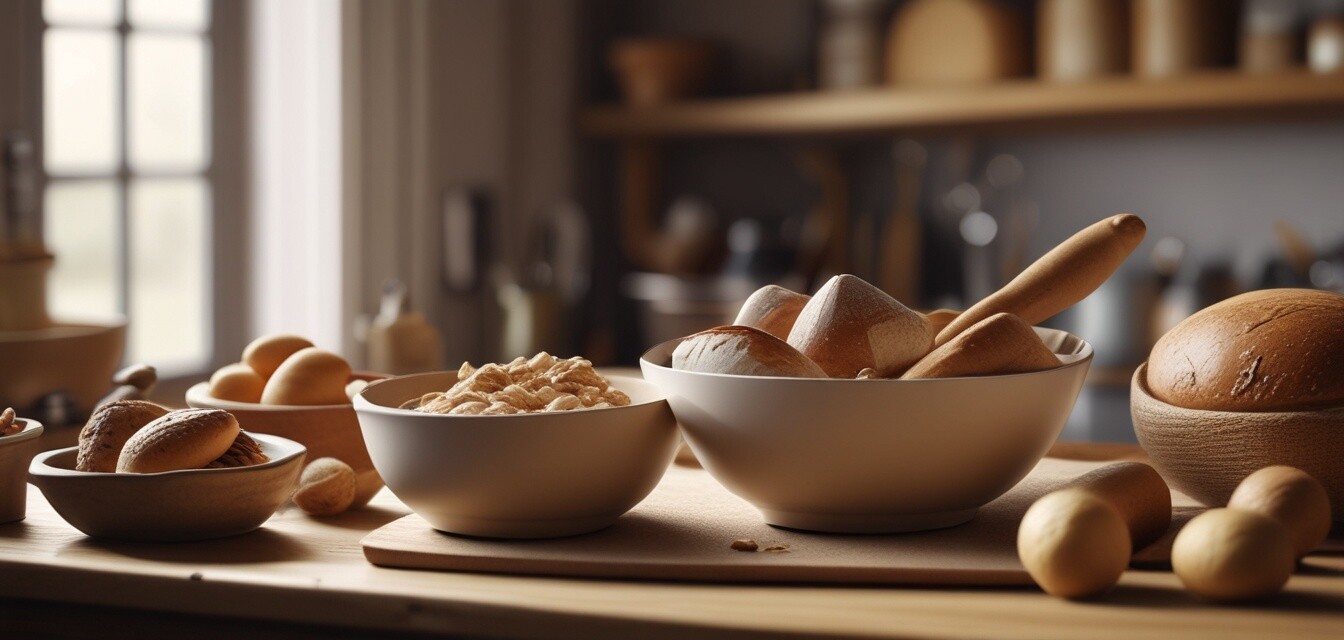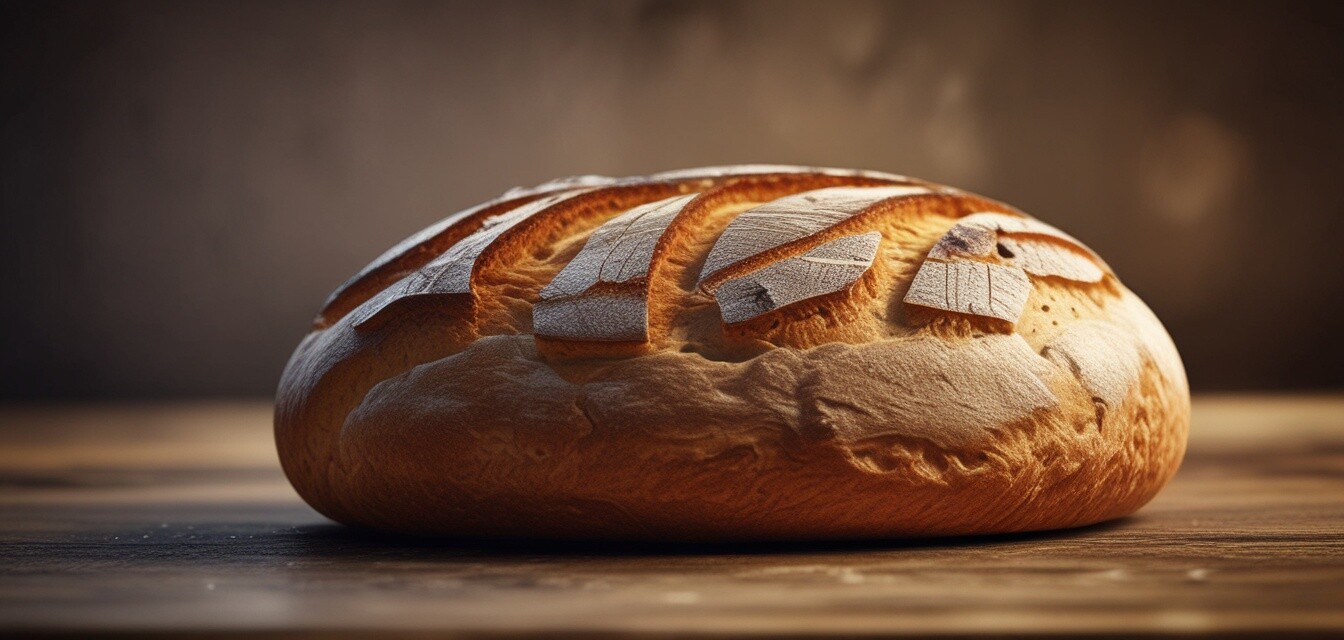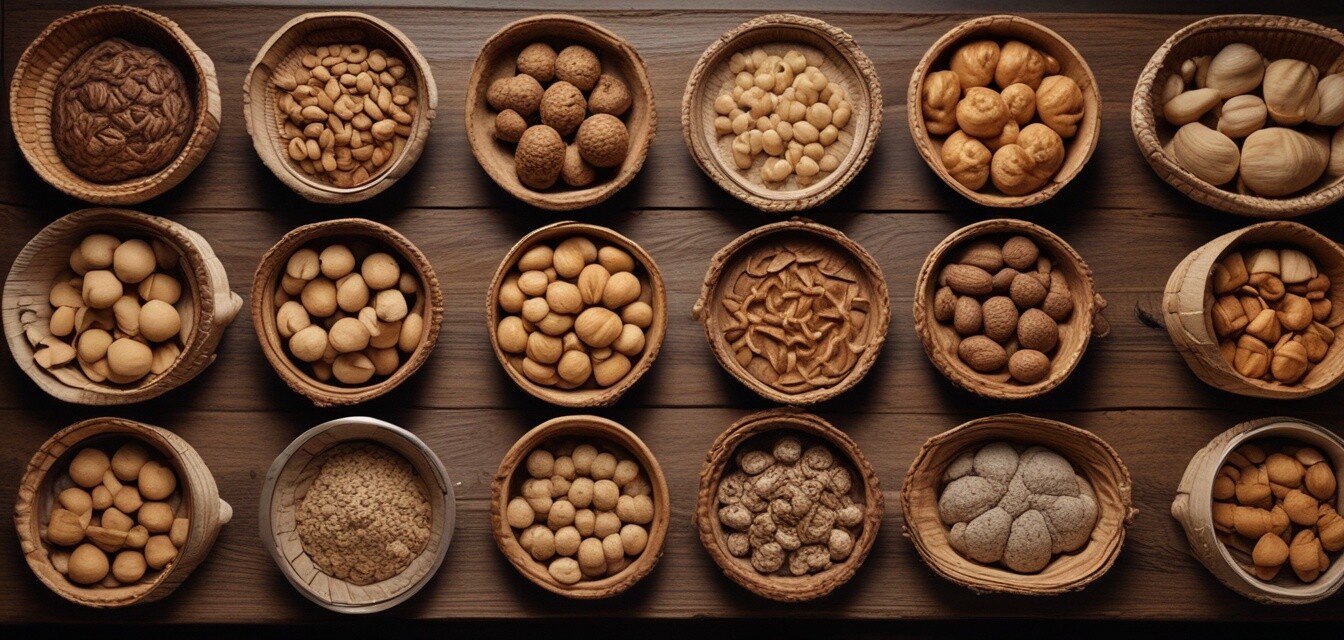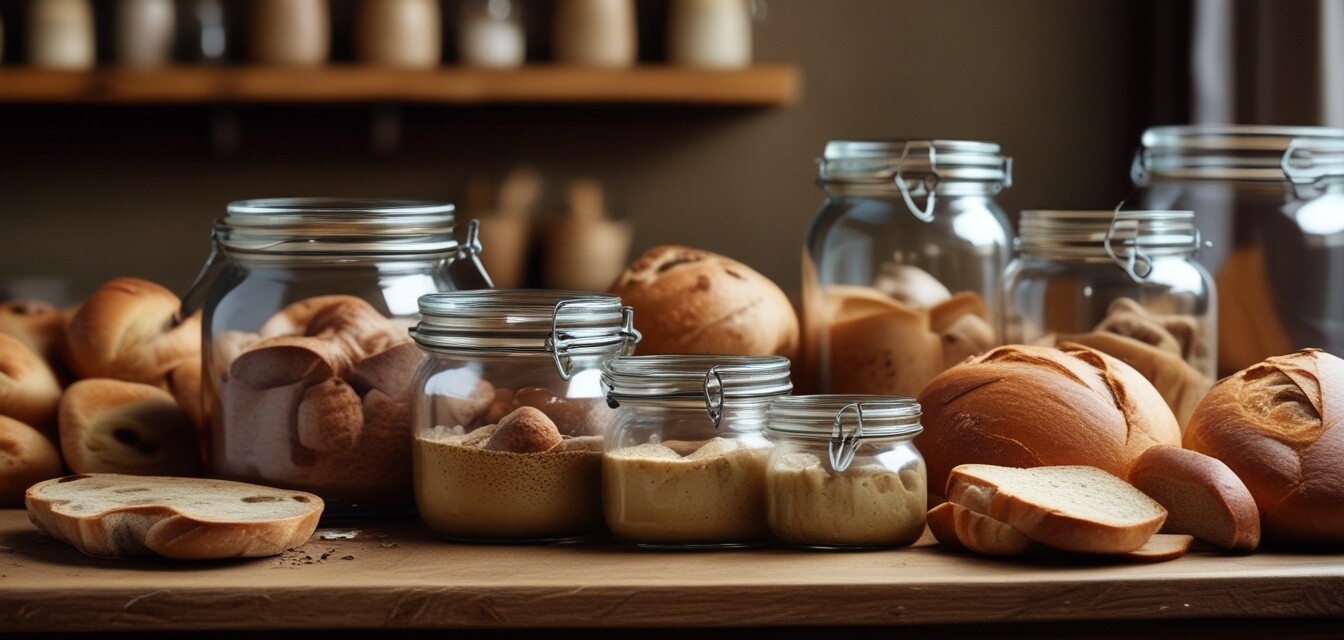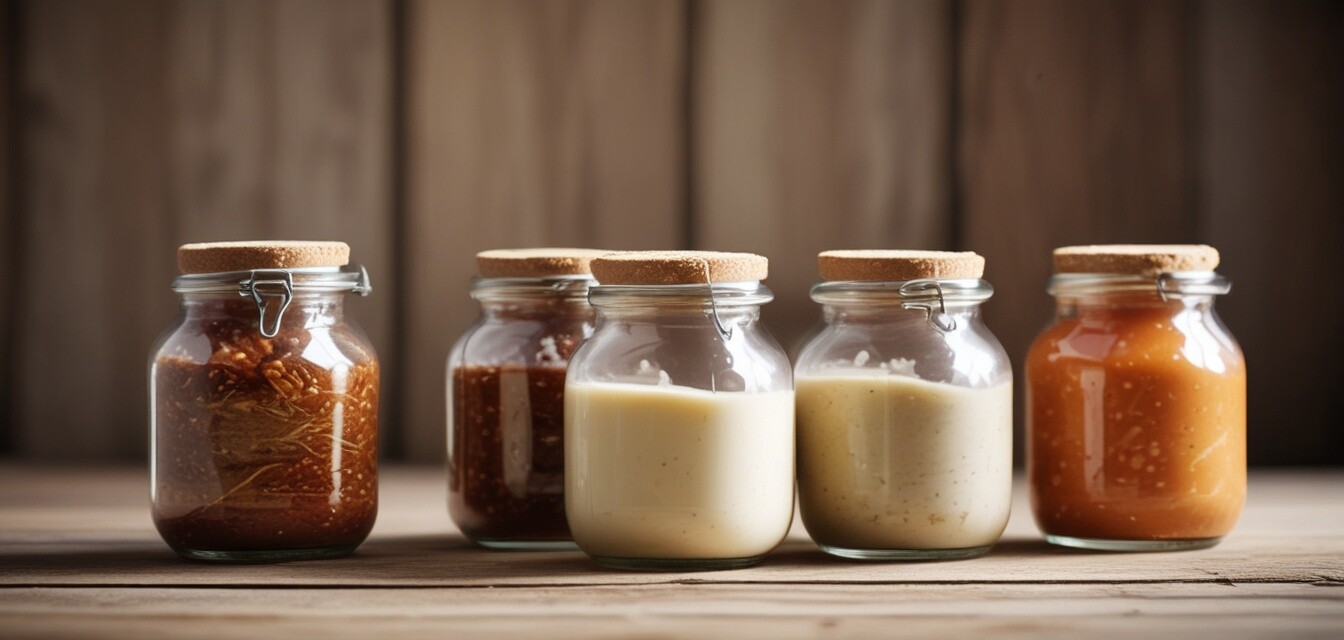
Sourdough starters
Key Takeaways
- Sourdough starters are mixtures of flour and water that ferment over time, capturing wild yeast and bacteria.
- Different types of starters can lead to a variety of flavors and textures in your bread.
- Maintaining a sourdough starter involves regular feedings and proper storage techniques.
- Experimenting with different flours can create unique flavor profiles in your sourdough bread.
- Sourdough bread baking is an enjoyable process that enhances the flavor of your baked goods.
Welcome to our comprehensive guide to sourdough starters! Whether you're a seasoned bread baker or just starting with sourdough, understanding the different types of starters and their effects on flavor is crucial to mastering your craft. This guide will explore various sourdough starters, how to maintain them, and tips for enhancing your baking experience.
What is a sourdough starter?
A sourdough starter is a mixture of flour and water that captures wild yeast and lactic acid bacteria from the environment. This natural fermentation culture is what makes sourdough unique. Unlike commercial yeast, which provides a quick rise, sourdough takes a longer time to ferment and rise, resulting in bread with distinct flavors and textures.
Types of sourdough starters
There are several types of sourdough starters, each producing different flavors and characteristics in the bread. Here are some of the most common:
| Type of Starter | Flavor Profile | Common Usage |
|---|---|---|
| White Starter | Bright, tangy | Basic sourdough bread |
| Whole Wheat Starter | Nutty, rich | Whole wheat or multi-grain breads |
| Rye Starter | Earthy, complex | Rye breads, pumpernickel |
| Gluten-Free Starter | Varied, generally milder | Gluten-free sourdough breads |
Maintaining your sourdough starter
To keep your sourdough starter healthy and active, regular maintenance is key. Here are some important tips:
Tips for beginners
- Feed your starter every 12 to 24 hours with equal parts flour and water.
- Store your starter in a warm place to encourage fermentation.
- Use a clear container to watch for bubbles, indicating activity.
- When not in use, you can refrigerate your starter to slow down fermentation.
How to create a sourdough starter
Here’s a simple step-by-step guide to creating your own sourdough starter from scratch:
- Day 1: Mix 100g of flour (whole wheat or all-purpose) with 100ml of water in a jar. Stir until combined and cover loosely.
- Day 2: You may not see much activity. Discard half of the mixture and feed it with 100g of flour and 100ml of water.
- Day 3: Bubbles should begin to form. Repeat the feeding process.
- Day 4: Your starter should be more active now. Continue with daily feedings.
- Day 5: When your starter doubles in size and has a pleasant aroma, it's ready for baking!
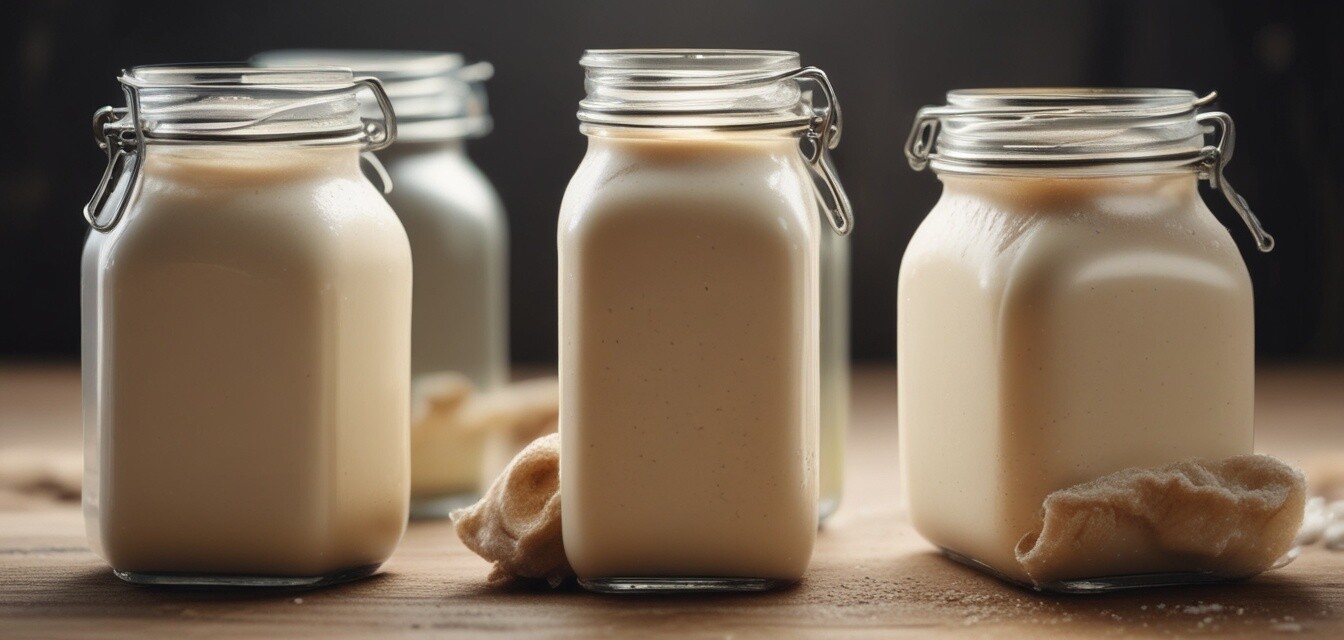
Using your sourdough starter
Your sourdough starter can be used to make a variety of bread types. Here are some popular uses:
- Sourdough loaves
- Pancakes and waffles
- Flatbreads
- Pizza crusts
Common problems with sourdough starters
If you’re new to sourdough, you may encounter some challenges. Here are common problems and how to address them:
| Problem | Solution |
|---|---|
| Starter not rising | Ensure it’s warm enough and try feeding it more frequently. |
| Off smell | It might be contaminated. Consider discarding and starting a new batch. |
| No bubbles | Increase feeding frequency and check for a warmer spot. |
Conclusion
Sourdough starters are a wonderful way to enhance the flavor of your bread. With just a little care and patience, you can create your very own starter to incorporate into all your baking. As you learn more about the fermentation process, you’ll discover the delightful variations you can achieve by playing with different flours and hydration levels. Happy baking!
Pros
- Creates a unique flavor profile
- Enhances the texture of bread
- Natural fermentation process
- Can be used in various recipes
Cons
- Requires regular maintenance
- Longer preparation time than commercial yeast
- Can be unpredictable for beginners
Further reading
If you’re eager to expand your knowledge, consider exploring these related topics:
- Baker's Couche - Learn about the importance of using a baker's couche in sourdough baking.
- Baking Stones - Discover how baking stones can enhance your sourdough crust.
- Bread Cloche - Understand how a bread cloche can help maintain moisture in your bread.
- Dough Scrapers - Find out how dough scrapers assist in handling wet doughs.
- Lame Blades - Explore how lame blades are essential for scoring your sourdough loaves.
